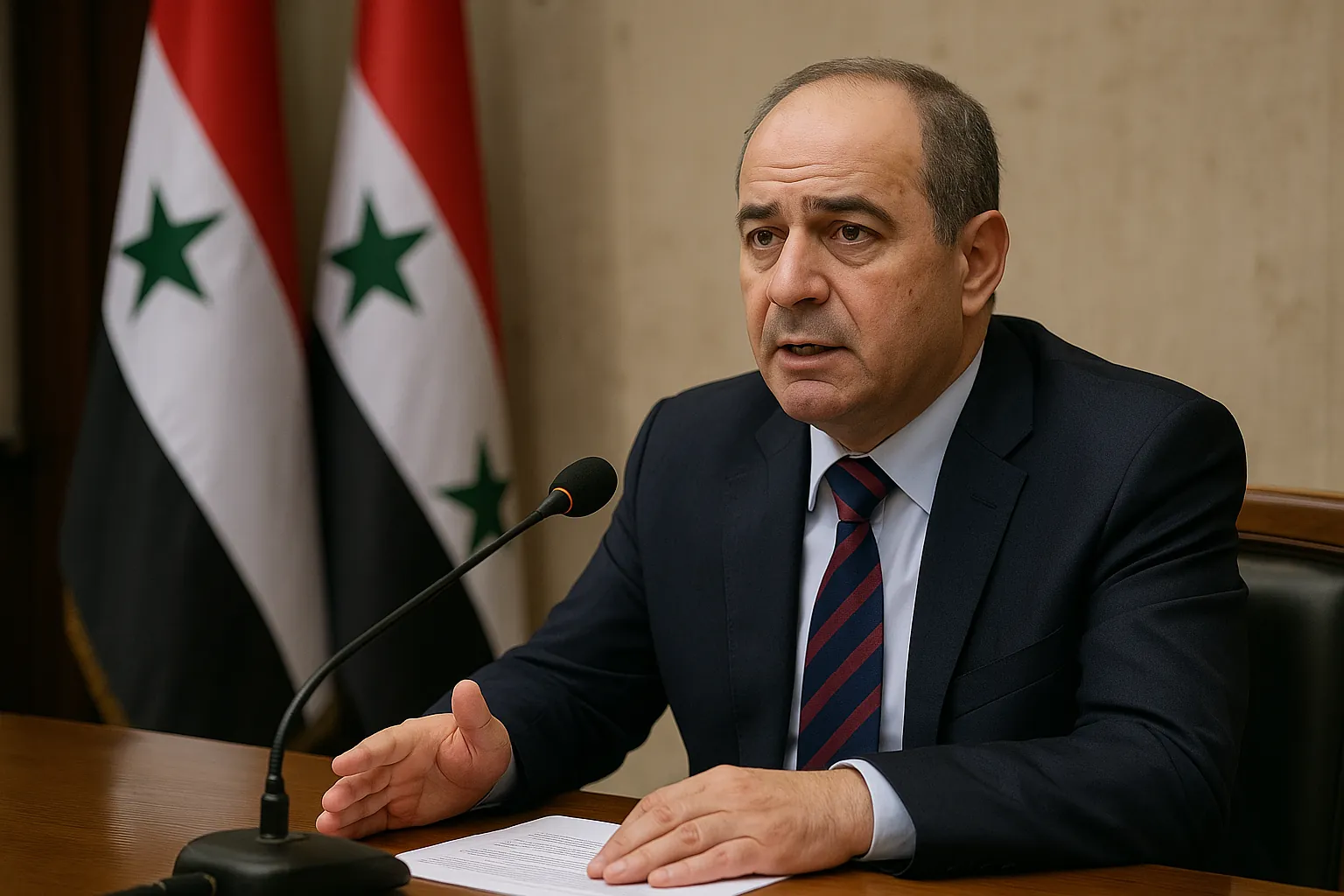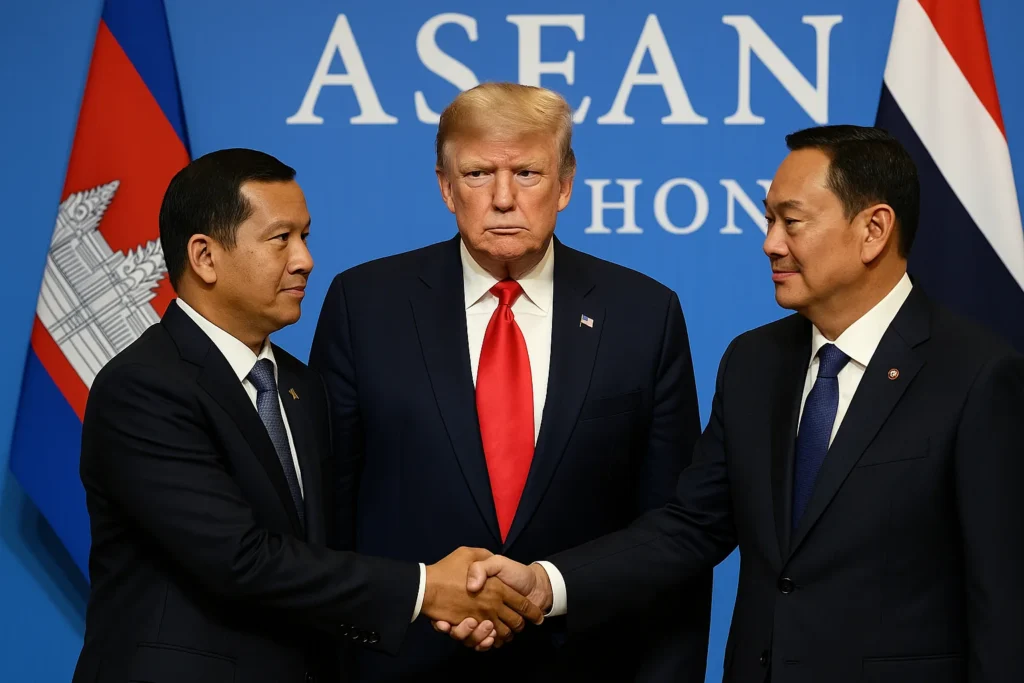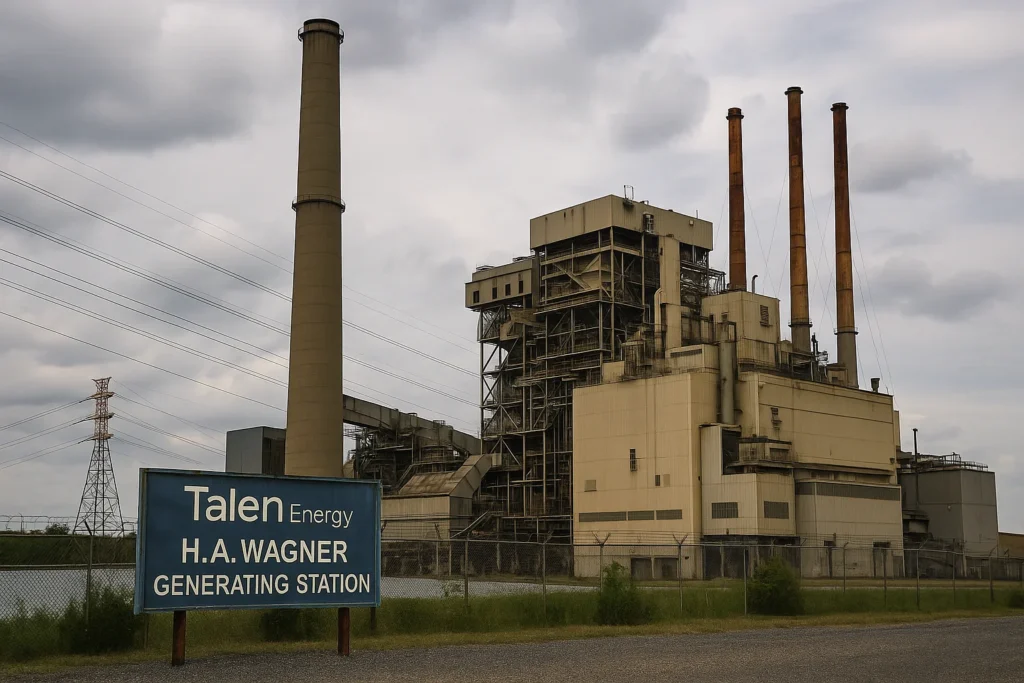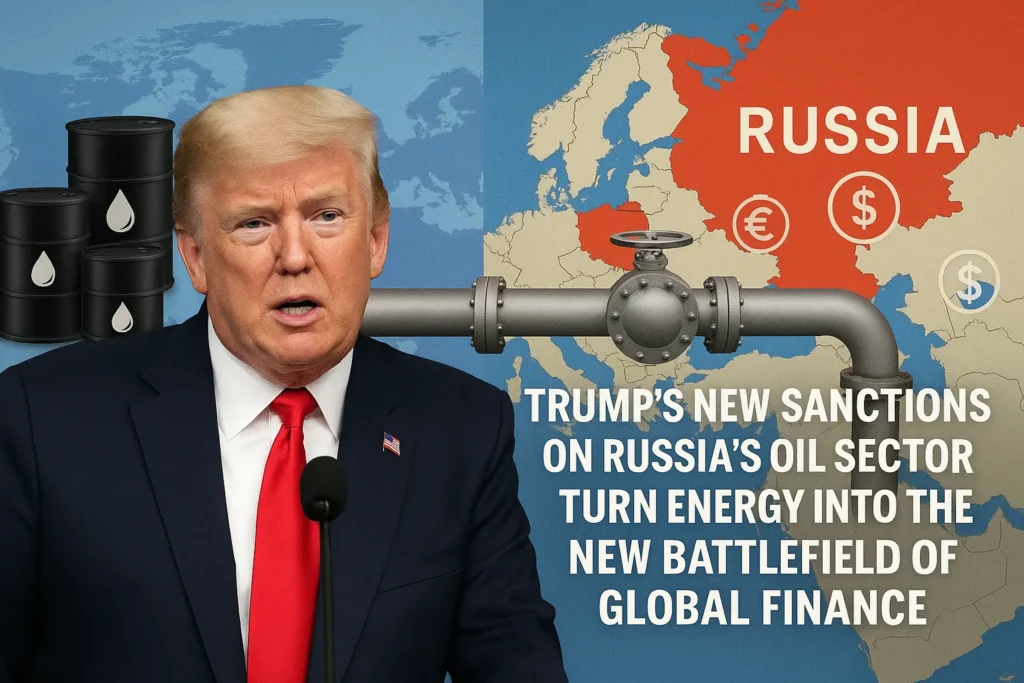Syria’s economy minister has ignited cautious optimism by declaring that U.S. sanctions may be formally lifted within months — a bold claim that, if true, could reshape not only Syria’s economic future but also Washington’s stance in the Middle East. For over a decade, these sanctions have suffocated trade, deterred investment, and kept Syria locked out of international markets. Now, with the government in Damascus signaling that talks are under way, the question isn’t just when sanctions might end — but why the U.S. might be considering it at all.
Context: the long shadow of U.S. sanctions
Since 2011, U.S. sanctions on Syria have functioned as both punishment and warning. They were imposed to isolate Bashar al-Assad’s government after its violent response to civil unrest. The Caesar Act of 2019 tightened the noose further, targeting not only Syrian officials but also any foreign business that dared to cooperate with Damascus. These measures effectively froze reconstruction efforts and forced the country into economic paralysis.
The U.S. justified the sanctions as a moral stand — a way to deny the regime resources to fund repression. But more than a decade later, Syria’s civilians, not its ruling elite, have borne the brunt. Inflation has soared beyond 300 percent, infrastructure remains in ruins, and international aid is hindered by the same regulations meant to promote accountability.
Even humanitarian exemptions have failed to relieve pressure. Western banks over-complied, fearing secondary sanctions. Importers of medical supplies hesitated. In practice, Washington’s economic war achieved something its military campaign never could: near-total economic collapse.
Oppositional Argument: the politics of selective morality
Here lies the hypocrisy. The U.S. claims moral superiority by sanctioning dictators, yet selectively ignores similar abuses when it serves strategic interests. Consider Saudi Arabia, Egypt, or even Israel’s conduct in Gaza. Each case exposes how “human rights” become flexible currency in Washington’s foreign policy.
Syria’s sanctions became a tool not just of punishment, but of deterrence — a signal to others that rebellion against the U.S.-led order carries a lifelong economic price. But this policy has failed to produce regime change, reform, or stability. Instead, it entrenched Assad’s reliance on Russia and Iran. By isolating Damascus, Washington forced Syria deeper into Moscow’s economic orbit, surrendering influence it once held.
Now, with U.S. attention split between Ukraine and Asia, the calculus may be shifting. Lifting sanctions — even partially — could serve American interests by curbing Russian leverage and re-engaging Arab partners who already restored ties with Assad through the Arab League.
Analytical Breakdown: what’s really behind the sudden optimism?
Syria’s economy minister, Mohammad Samer al-Khalil, told reporters this week that “practical discussions” were under way for the formal lifting of U.S. sanctions. He emphasized that the process could unfold “within months,” citing indirect signals through regional intermediaries — likely Gulf states, particularly the UAE and Oman, which have quietly facilitated back-channel diplomacy.
Analysts suspect this optimism reflects not a promise, but a probe — an attempt to test Washington’s appetite for re-engagement. The U.S. has not confirmed any formal review of Syrian sanctions. Yet subtle policy shifts are visible. Since 2023, humanitarian exemptions have expanded, oil import restrictions have softened in practice, and American diplomats have encouraged limited energy deals through Jordan and Lebanon to stabilize the region’s power grid.
The strategic motive is clear: the U.S. cannot contain Iranian influence in Syria without re-establishing minimal economic contact. Sanctions that once seemed principled now risk being strategically obsolete.
Economic data tells the same story. Syria’s GDP has fallen from $60 billion in 2010 to less than $10 billion today. The Syrian pound, once at 47 per dollar, now trades above 15,000. Reconstruction needs are estimated at $400 billion — an impossible sum without international investment. For Washington, maintaining sanctions indefinitely has yielded no progress on human rights, but has pushed millions more Syrians toward poverty and migration — destabilizing allies like Jordan, Lebanon, and Turkey.
Human Perspective: the unbearable cost of economic isolation
In Damascus’s once-vibrant markets, shelves are half-empty and wages barely feed a family for a week. “Sanctions punish us, not the politicians,” says Amal, a teacher earning 250,000 Syrian pounds — about $15 a month. Her words echo a growing sentiment: that U.S. policy has turned civilians into collateral damage.
Remittances from Syrians abroad have become lifelines. But even these face obstacles, as global banks refuse to process transfers linked to Syrian accounts. Hospitals struggle to import spare parts for MRI machines; engineers cannot buy software licenses; farmers can’t obtain fuel.
UN officials privately admit what they rarely state publicly: that sanctions have “a chilling effect” far beyond their intended targets. In February 2023, after the devastating earthquake, U.S. Treasury had to issue temporary relief measures — an implicit acknowledgment that its own rules impeded disaster aid.
Counterarguments
Sanctions advocates insist that lifting restrictions would embolden Assad, allowing him to rebuild power and suppress dissent. Human rights groups warn that U.S. leverage would vanish overnight. Yet these arguments overlook one fact: leverage only matters if it works. Fourteen years of sanctions have failed to secure accountability, democratic transition, or justice for war crimes.
Instead, the sanctions regime has turned humanitarian suffering into geopolitical theater. While Assad remains in power, ordinary Syrians pay for Western moral posturing. The West calls it “pressure.” Syrians call it survival.
Regional dynamics: Arab normalization and U.S. hesitation
The Arab League readmitted Syria in 2023, marking a decisive regional pivot. Saudi Arabia, once a key sponsor of anti-Assad rebels, now seeks pragmatic engagement to counter Iranian dominance. The UAE and Egypt openly push for Syria’s economic reintegration, arguing that reconstruction and trade could reduce refugee flows and extremism.
Washington, however, remains divided. The State Department publicly maintains that “sanctions will stay until there is irreversible progress toward a political solution,” yet behind closed doors, officials acknowledge fatigue. Syria is no longer a top-tier issue for U.S. voters or strategists. The Biden administration — or any successor — may quietly accept incremental normalization, as long as it doesn’t appear as capitulation.
Meanwhile, Russia and China fill the vacuum. Moscow controls key energy and logistics sectors, while Beijing eyes the Mediterranean as part of its Belt and Road network. If the U.S. wants to prevent a complete shift eastward, sanctions relief may be the price of re-entry.
Economic forecast: can sanctions relief revive Syria?
Even if sanctions were lifted tomorrow, recovery would be glacial. Syria’s infrastructure lies in ruins, corruption is systemic, and global investors remain wary. Yet partial relief — particularly in banking and energy — could revive trade routes through Lebanon and Jordan, reopen remittance channels, and re-establish basic credit systems.
The World Bank estimates that even limited reintegration could lift GDP growth by 4–5 percent annually. Reconstruction would create jobs and reduce migration pressures — a key demand from European governments facing refugee fatigue.
However, without institutional reform, lifted sanctions may only enrich the same elites who profited from war. Transparency International ranks Syria among the most corrupt nations on earth. To transform relief into recovery, Damascus would need to rebuild trust — not just infrastructure.
Insider view: what Washington isn’t saying
Behind the scenes, U.S. diplomats are assessing the regional cost of isolation. According to a leaked policy memo reviewed by Foreign Policy in September, several agencies proposed “graduated sanctions easing” tied to humanitarian benchmarks and counterterrorism cooperation. The idea mirrors the phased approach once used with Iran.
Unnamed officials suggest Gulf allies have pressured Washington to soften its stance to secure regional stability and counter narco-trafficking networks emerging from Syria’s captagon trade. Jordan and Iraq, both facing spillover crime, quietly support this logic.
The Biden administration may prefer ambiguity — maintaining sanctions in law while relaxing enforcement in practice. It’s a strategy of plausible deniability: claim principle, exercise pragmatism.
Conclusion: lifting sanctions won’t fix Syria — but prolonging them guarantees decay
Syria’s potential reprieve from U.S. sanctions will not magically heal a broken nation. But neither will decades of punitive policy. For Washington, the moral high ground has become a bureaucratic swamp, where humanitarian ideals suffocate under their own contradictions.
If sanctions were meant to bring justice, they’ve failed. If they were meant to bring change, they’ve frozen it. A pragmatic, monitored relief process could do more for accountability — and for ordinary Syrians — than another decade of economic siege.
The U.S. may soon face a defining choice: to cling to failed symbolism or to craft a policy that acknowledges reality. Either way, Syria’s ruined streets and exhausted people will remember who kept them in the dark — and who finally let in the light.
External Links
- Reuters: Syria hopes to have U.S. sanctions formally lifted in coming months
- World Bank: Syria Economic Monitor 2025
53 views






